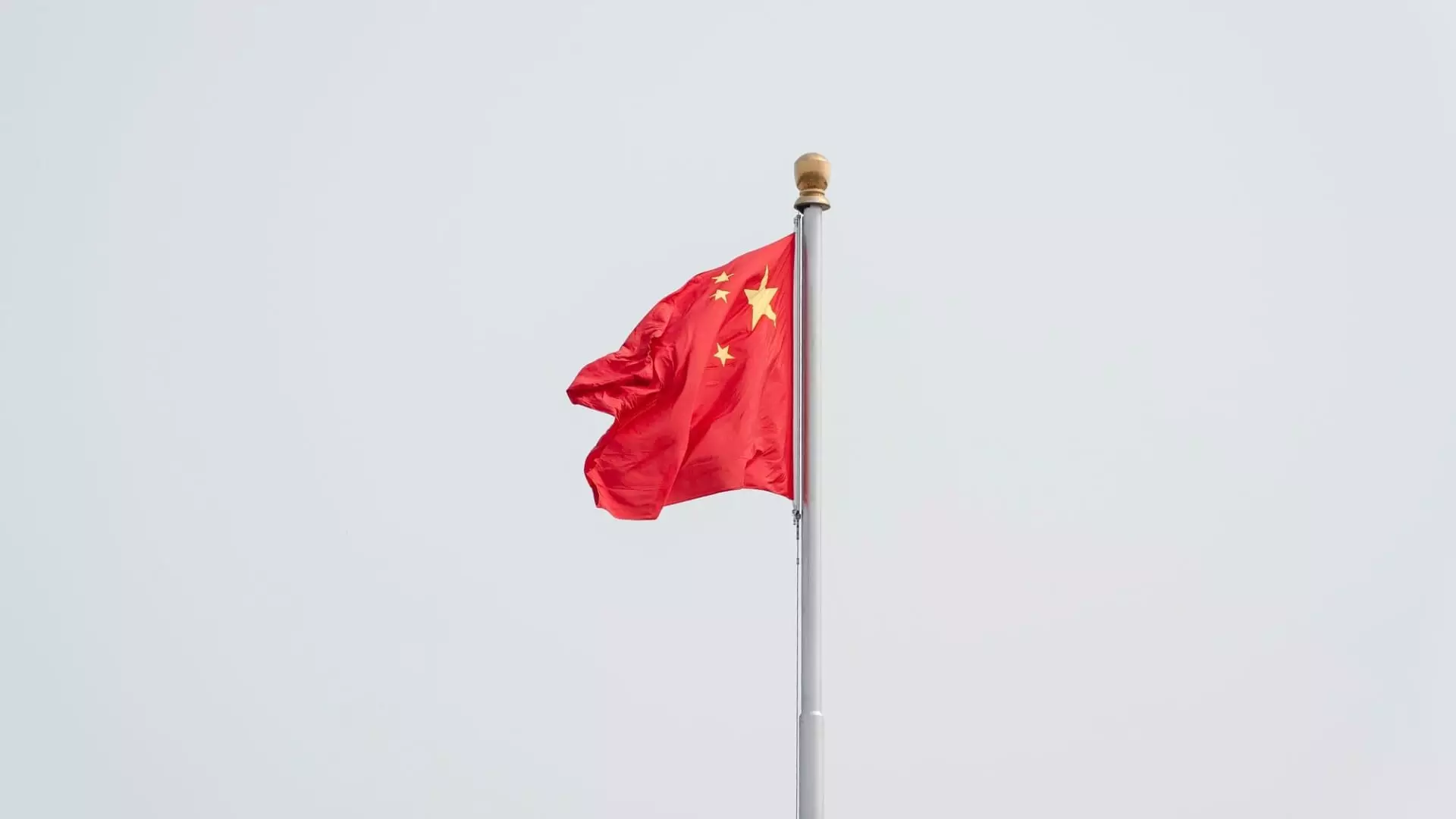China’s upcoming Third Plenum is expected to address critical issues such as high local government debt levels and the push for advanced manufacturing. The delay in this much-anticipated policy meeting reflects the urgency for structural reforms beyond the real estate sector. Analysts are looking for a shift towards an alternative fiscal system to reduce reliance on land sales, which have been under pressure due to the plummeting land market. This meeting is likely to prioritize fiscal reform, innovation, and policies to support advanced manufacturing and high-tech industries.
The Third Plenum traditionally centers around economic policy discussions, with the upcoming meeting expected to delve into financial reforms. This includes within the banking sector, local government finances, and potential tax policies. While the real estate market remains a concern, the focus is shifting towards broader structural changes to address the interconnected issues of hidden local government debt and sustainable revenue sources. The aim is to propel China towards a high-standard socialist market economy by 2035, as outlined in official announcements.
Recent restrictions and oversight in the banking and finance industry signal the government’s efforts to mitigate financial risks and promote stability. With a focus on curbing excessive growth in the financial sector, there is a call for the development of manufacturing and technology industries to enhance competitiveness. The tightening regulations on real estate and finance are aimed at fostering a balance between economic growth and risk management.
Income inequality and perceived unequal opportunities are pressing issues in China, especially amidst economic slowdowns. Surveys conducted by research teams highlight a growing sense of economic decline among respondents, regardless of their income levels. The challenges posed by the Covid-19 pandemic and rising geopolitical tensions further amplify concerns about inequality and the need for fairness in the socioeconomic landscape.
China’s vision for socialist modernization includes specific targets for per capita GDP, middle-income group expansion, and reduced living standard disparities. Achieving these milestones by 2035 requires comprehensive reforms and strategic planning to navigate through economic uncertainties and global challenges. As China transitions towards a more sustainable economic model, the Third Plenum is a crucial platform to set the course for modernization and structural transformation.
China’s Third Plenum signifies a pivotal moment in the country’s economic trajectory, emphasizing the need for fiscal reforms, technological advancements, and social equity. By addressing the challenges within the financial sector and promoting innovation in manufacturing, China aims to build a resilient and dynamic economy. The road ahead may be fraught with obstacles, but concerted efforts towards modernization and reform are essential for sustainable growth and prosperity in the years to come.


Leave a Reply